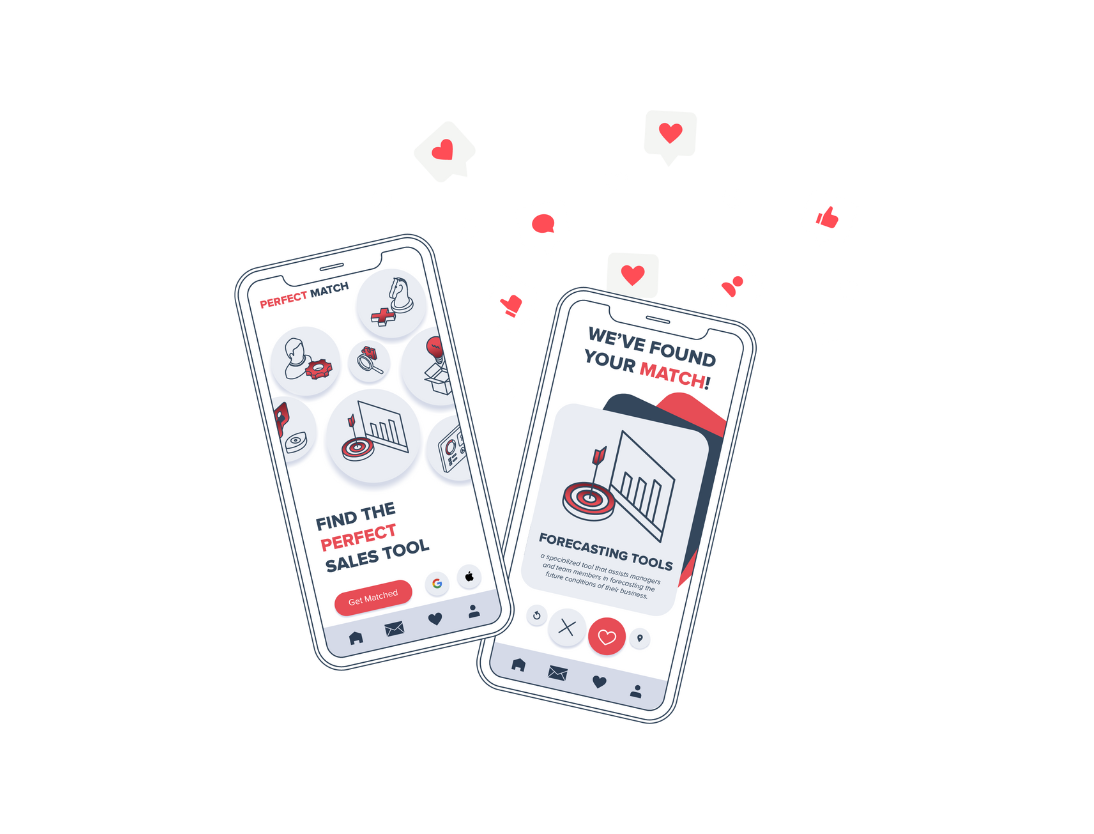In this blog post, we'll explore the benefits of transitioning to HubSpot during mergers and acquisitions, and Huble's expertise in guiding seamless migrations. Additionally, we'll showcase real-world examples of successful CRM transitions to HubSpot in M&A scenarios.
The world of mergers and acquisitions (M&A) has been in a state of constant flux, shaped significantly by the global pandemic.
In the pre-pandemic era, the total global M&A deal volume for all deal types in 2017 stood at $3.44 trillion, with the average transaction size being $76.0 million. Fast forward to the post-pandemic landscape, and by 2022, the total global M&A deal volume had risen to $3.63 trillion, with the average transaction size growing to $90.1 million.
Throughout these times, sectors like technology, healthcare, industrials, and energy have seen the most activity.
Moving forward, we anticipate an initial period of subdued activity in 2023, followed by an acceleration of M&A operations from the second half of the year onwards.
The landscape will be shaped by well-capitalised companies pursuing acquisitions in their core businesses, financial sponsors deploying significant capital, a resurgence of cross-border M&A, and uneven company performance prompting shareholder activism.
As we look beyond 2023, factors such as growth in the private equity industry, increased sophistication of corporate clients, and the overall strength of corporate balance sheets and earnings suggest that any reduction in activity will be short-lived.
Consequently, we can expect a surge in M&A activity.
Why the Change to HubSpot in Merger and Acquisition Situations?
Mergers and acquisitions often serve as a catalyst for significant changes within organisations, including reassessing and shifting CRM systems.
Despite substantial investments in legacy CRMs, a merger or acquisition presents an opportunity to reconsider the choice of CRM, possibly moving towards a more contemporary, effective solution.
Choosing to centralise the CRM system such as HubSpot during an mergers and acquisition event comes with numerous advantages. The increase in market share improves the company's bargaining power, leading to increased competitiveness.
Furthermore, the introduction of new products or services helps diversify revenue streams and reduce dependence on a single product or service. Combining CRMs also brings cost synergies due to streamlined operations, potentially leading to reduced operating costs and increased profitability.
This consolidation also allows access to new talent and resources, beneficial for expanding into new markets or developing new products or services.
However, this process is not without its challenges. Disparate data and systems can be difficult to integrate, and change fatigue can lead to dissatisfaction and burnout among employees.
In addition, planning the integration can be complex and involve multiple touch points, including the integration of teams, processes, technology, and clients. It is essential to manage stakeholder expectations and concerns to gain support and maintain trust during this transformation.
The Right Time for Migration
The M&A process can serve as the opportune moment for migrating to a new CRM system. M&A budget allocated for integrations can be used to transition from legacy systems to a consolidated, modern solution like HubSpot.
As significant change management efforts and costs are inherent to M&As, incorporating the adoption of a new CRM system as part of the institutional change can be a strategic decision.
Moreover, the M&A event presents a unique opportunity to negotiate better rates with new software providers. In some cases, the rates may remain the same if users are merged into the existing CRM system.
This process also allows companies to place their CRM at the core of their operations, rather than the ERP.
Huble's Expertise with HubSpot migrations during M&A events
Navigating the challenging landscape of M&A requires expert guidance and support. At Huble, we have aided numerous clients in managing this intricate process.
Our expertise spans crucial areas including optimising your tech stack, driving user adoption, managing change, and providing contextual ongoing support.
Migrating to HubSpot: Real-World Examples
Below, we offer an in-depth look at how four different companies navigated post-merger CRM migrations, all opting for HubSpot as their comprehensive solution.
Financial Fraud Detection Software
A division of an enterprise company was acquired, and so data had to be migrated keeping the existing systems intact and setting up a new environment. The migration was a significant undertaking, involving the migration of over 10,000 companies and more than 52,000 contacts.
The process required manual migration due to permissions rules that could not impact the ongoing operation of the existing company. Data was moved from Salesforce to a newly implemented HubSpot instance with a custom system architecture.
The post-acquisition sales process was redesigned with multiple pipelines and a custom approval process, and Marketo was migrated into HubSpot’s Marketing Hub.
Global Commercial Real Estate
A leader in global commercial real estate had been built up over the years through many acquisitions, and the board prioritised a client-centric focus and cross-collaboration, the CRM selected to achieve this was HubSpot.
The global teams were aligned to a single process, and all existing Salesforce, Microsoft Dynamics and Industry Specific Software instances and other platforms were consolidated into one HubSpot instance.
This migration served to optimise operations globally, with ongoing change management and implementation support.
Global HR and People Company
This HR company is at the forefront of the changing workforce environment, much of which has been driven post-pandemic. They have acquired several companies offering a range of solutions targeted at HR and People leaders.
We developed a system architecture that aligns global teams (NAM, EMEA, and APAC) to a single B2B sales process. Data from fragmented and poorly adopted systems like Microsoft Dynamics and Salesforce was migrated and transformed into a single format.
The company onboarded global teams across multiple regions and implemented a continuous change management program.
Education and Exchange Programs
This education and exchange program company was primarily operating on custom-developed software that was difficult to maintain, one of the acquisitions they made was running HubSpot which got the CTO’s attention.
They made a significant move from a fragmented system to a consolidated HubSpot solution. They transitioned from their custom solutions and InforCRM to HubSpot, architected the system to accommodate all divisions/companies, and replaced their daily activities/flow in Eloqua with HubSpot's Marketing Hub. They also outlined a roadmap to move all divisions/companies into HubSpot, starting in 2023.
While each migration had its unique elements and challenges, the overarching theme is the successful transition to HubSpot's modern CRM solution. These examples illustrate how HubSpot can streamline operations, align global teams, and ultimately lead to increased efficiency and profitability post-merger or acquisition.
Conclusion
Mergers and acquisitions mark a significant shift in the operational landscape for companies. These events bring about both challenges and opportunities, providing a critical moment for organisations to evaluate their systems and processes.
The decision to migrate to a unified, robust CRM system like HubSpot can be a transformative move towards achieving streamlined operations, improved collaboration, and enhanced competitiveness.
The real-world examples demonstrate the power of effectively navigating the CRM migration process to HubSpot during mergers and acquisitions. Each of these organisations, despite their distinct challenges and needs, found a pathway to successful integration and growth through HubSpot.
Embarking on the journey of migrating to a new CRM system during mergers and acquisitions can be complex, but you don't have to navigate it alone. With our extensive experience in CRM migration in the context of M&A, we at Huble understand the unique challenges involved in this process.
Contact our team today and discover how we can assist you in seamlessly transitioning to HubSpot during mergers and acquisitions.













